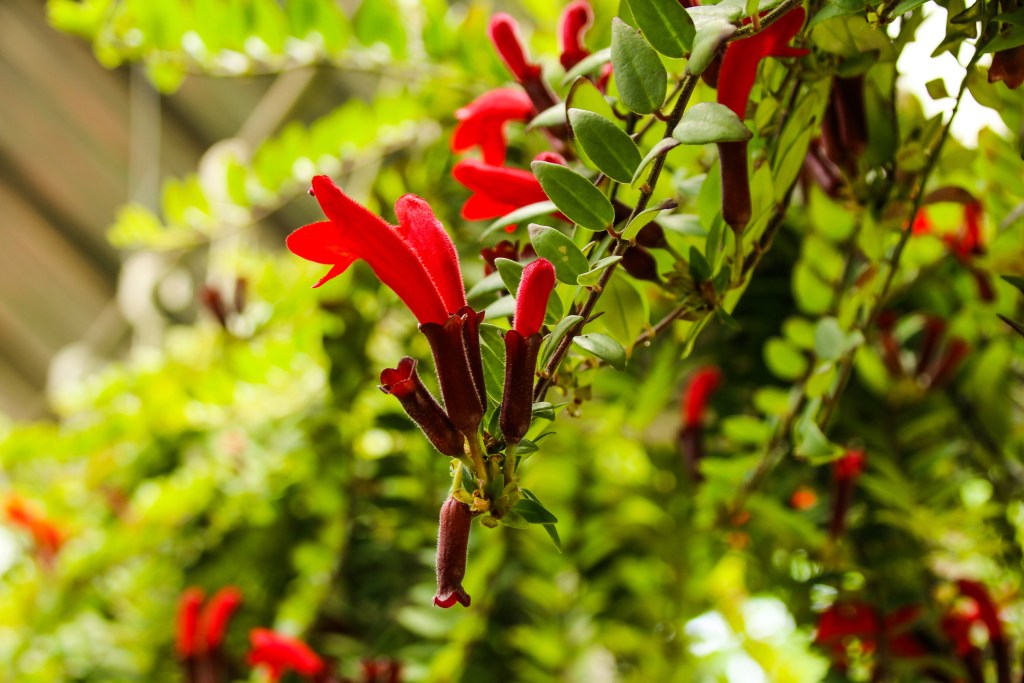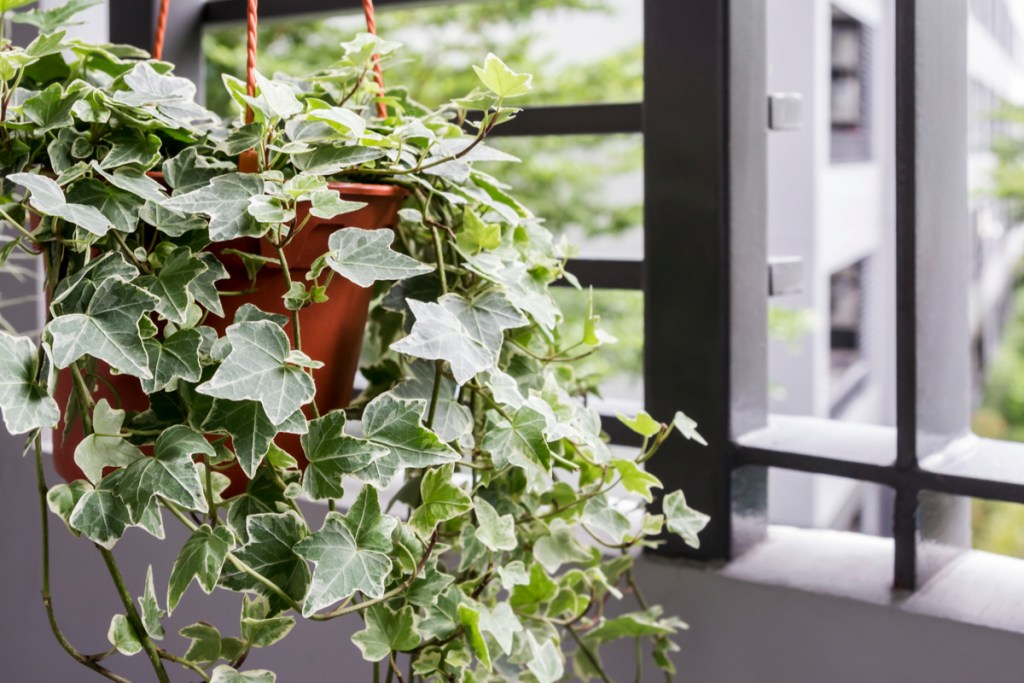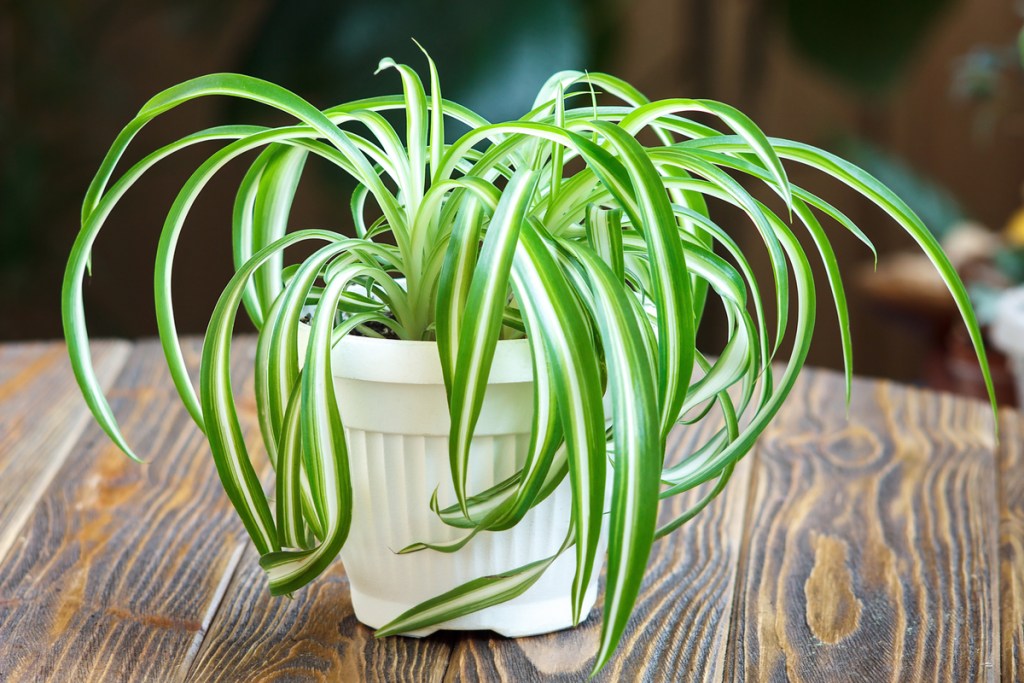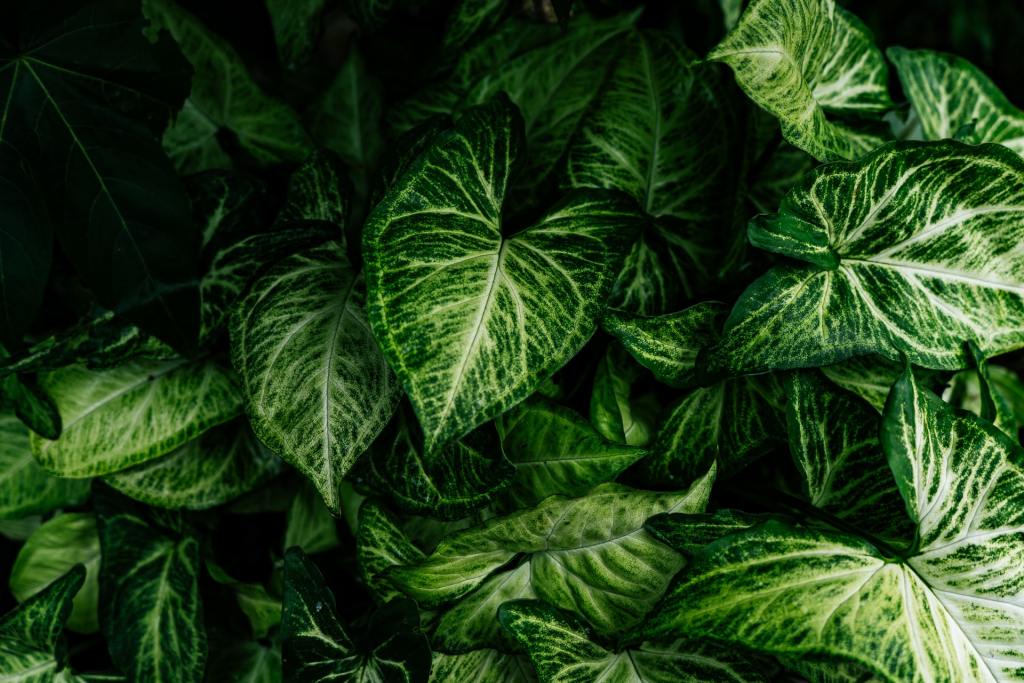Growing houseplants can be a rewarding hobby, but it can be challenging to wait for signs of new growth. Some plants happily stay dormant in small pots throughout the year, pushing out one or two leaves every few months. But luckily, many plants can be generous with their leaf and bloom production, granted that you properly care for them! If you want to decorate your bedroom with plants and don’t want to wait, add these seven fast-growing hanging plants to your home.

Lipstick plant (Aeschynanthus radicans)
The stunning lipstick plant features a bush of trailing, oval-shaped waxy leaves that resemble hoya but push out growth much faster. True to its name, this plant develops vibrant red blooms that resemble lipstick coming out of a tube. You want to avoid overwatering it, as its leaves store water and it can be prone to root rot. To produce blooms, it needs bright light and moderate temperatures—on this latter point, anywhere between 70 and 80°F is ideal. The lipstick plant typically features green foliage, but it may also be patterned with black dots (black pagoda) or creamy splashes (avariegata).
Rat tail cactus (Aporocactus flagelliformis)
The striking rat tail cactus features long, spine-covered stems that can grow up to six feet in length. During the growing season, you may be lucky enough to witness red blooms—though this succulent will occasionally push out pink, purple, or orange ones. It thrives in moderate temperatures, so room temperature is perfect. That said, it does enjoy temperatures around 50°F in the winter. If you keep it as an indoor plant, consider keeping it by a southwestern window, if possible, and supplementing it with grow lights in the winter. While you don’t want to overwater it, you do want to give it the occasional drench when it dries out to avoid spider mite infestations.

Ivy (hedera helix)
Ivy has a notorious reputation for growing pervasively. When left to its own devices in nature, it can actually cover and kill trees. As a houseplant, it trails beautifully from hanging planters and adds a rustic look to a bedroom. It’s usually a gray-green color, but it can have white or yellow edges as well. Ivy grows the quickest with moist (but never soggy) soil. Though it can benefit from occasional feedings, ivy doesn’t need fertilizer to survive.
Pothos (Epipremnum aureum)
A list about plants that grow quickly just wouldn’t be complete without a pothos. The easy-going houseplant features waxy, heart-shaped leaves that can trail or climb. The great thing about pothos is that they come in different patterns, so you have your pick between the marble, golden, neon, and N’Joy varieties. The pothos can tolerate low light levels and infrequent waterings. Bright indirect light and fertilizer throughout the growing season, however, will encourage the pothos to grow prolifically. It’s also a plant that can be propagated easily—simply snip above a node, twist off lower leaves, and watch it root in water.

Spider plant (Chlorophytum comosum)
Once a spider plant acclimates to your home, it’ll grow with no signs of stopping. These fast growers feature a central shrub with arching grass-like leaves that push out spiderettes—which, in turn, push out pups of their own! Generally, the spider plant features leaves with a white stripe at the center bordered by two green edges (or vice versa). The great thing about the spider plant is that it isn’t high maintenance whatsoever, especially if you give it bright indirect light and well-draining soil. Occasionally, you may notice brown tips—this may be due to fluoride in tap water, sunburn, strong fertilizer, or under-watering.
Inch plant (Tradescantia zebrina)
Though it’s a common plant, the inch plant is by no means ordinary; it’s a great statement plant with its silvery green striped leaves and deep purple undersides. It’s easy to care for and roots easily, which means you can save cuttings for propagating when you prune your plant. It’s happiest with moist soil, adequate humidity, and bright indirect light. The inch plant’s beautiful, shimmering finish will reveal itself most prominently in direct sunlight, but too much light can cause the foliage to fade or burn.

Arrowhead plant (Syngonium podophyllum)
The arrowhead plant features leaves that resemble pointing arrows. It comes in a range of colors, usually a green base with a pink, brown, or white variegation. With medium light and moderate watering, you should notice this plant unfurling its leaves left and right. However, be mindful of not letting its soil dry out too much or leaving it in a drafty area. The arrowhead plant appreciates moderate humidity and will get crispy brown tips if it’s left too dry. Not giving your plant enough water and humidity may also make it susceptible to spider mites, which thrive in dry habitats—and nobody wants that!
Turn your bedroom into a jungle with gorgeous, fast-growing hanging plants. From the prolific pothos to the persistent ivy plant, you have a wide range of options for furnishing your room. With some TLC—namely, bright indirect light, moderate watering, and the occasional bouts of growing season feedings—these picks will add welcome and consistent greenery to your home.



